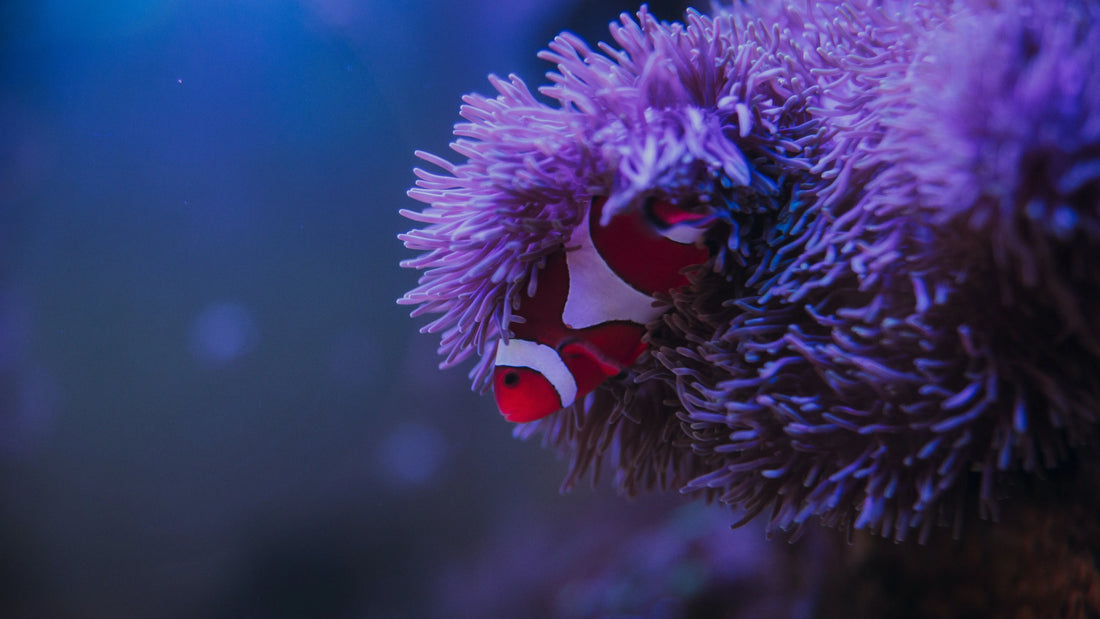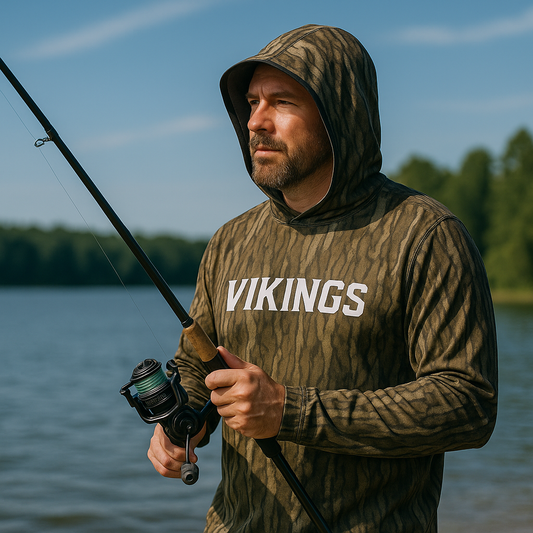
Sustainable and Eco-friendly Gear
Share
Sustainable and eco-friendly gear has become a significant trend in the fishing industry, driven by the increasing awareness of environmental conservation and responsible fishing practices. Here are some examples of sustainable and eco-friendly gear in fishing:
-
Biodegradable Fishing Lines: Traditional fishing lines are often made of nylon, which can persist in the environment for hundreds of years. However, there are now biodegradable fishing lines available, made from materials like biopolymers or natural fibers that break down more quickly, reducing their impact on marine life and ecosystems.
-
Lead-Free Weights: Lead weights can be harmful if ingested by fish or other aquatic organisms. In response, manufacturers have developed lead-free alternatives, such as tungsten or bismuth weights, which have similar density and performance but are less toxic to the environment.
-
Non-Toxic Lures: Some fishing lures contain toxic materials, such as lead or certain types of paints. Eco-friendly lure options are emerging, using non-toxic materials, such as zinc, tin, or water-based paints, to reduce the risk of pollution and harm to aquatic life.
-
Recycled Fishing Gear: Several companies now produce fishing gear made from recycled materials. For example, fishing rods made from repurposed graphite or composite materials, or reels constructed with recycled aluminum or plastic components. This helps reduce waste and promotes a circular economy.
-
Sustainable Fishing Apparel: Sustainable practices extend beyond gear to clothing and apparel. Many fishing apparel brands now prioritize using organic or recycled materials in their clothing lines. Additionally, some brands have implemented ethical and fair-trade manufacturing processes to ensure sustainability throughout the supply chain.
-
Eco-Friendly Tackle Packaging: Manufacturers are focusing on reducing packaging waste and adopting eco-friendly packaging options. This includes using recyclable or biodegradable materials for tackle packaging, minimizing plastic use, and employing sustainable printing techniques.
-
Fish-Friendly Hooks: In an effort to reduce harm to fish during catch and release, fish-friendly hooks have gained popularity. These hooks are designed with special shapes or barbs that minimize injury to fish and increase the chances of successful release without causing excessive harm or stress.
These examples illustrate the industry's commitment to promoting sustainable fishing practices and reducing the ecological footprint associated with fishing gear. Remember to research and look for certifications, such as the Marine Stewardship Council (MSC) certification or the Global Ghost Gear Initiative (GGGI), to ensure the sustainability of the gear you choose.



